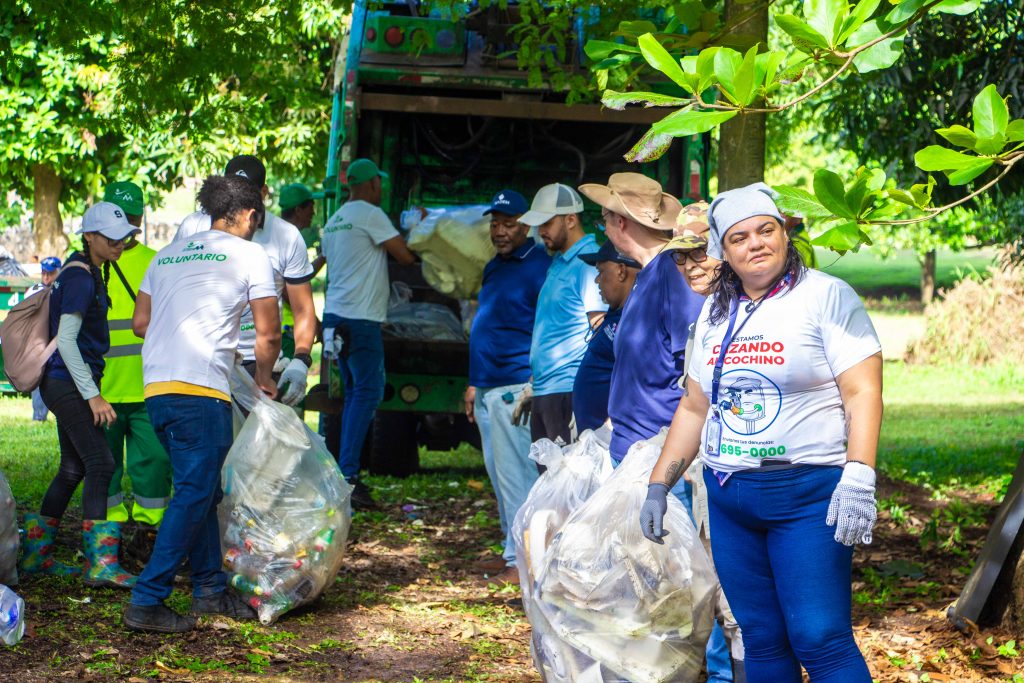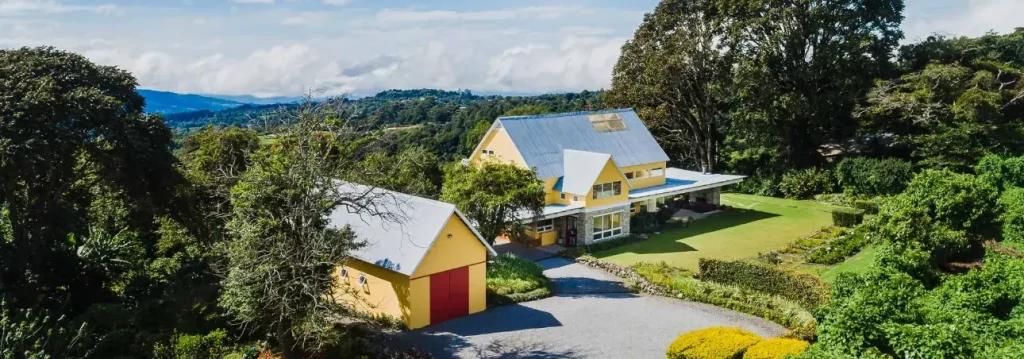
Panama has unveiled a national plan to transform how it handles plastic waste, aiming to achieve 58% plastic circularity by 2040.
The initiative focuses on reducing pollution and promoting a circular economy across the country.
The ambitious target comes from the new “Action Roadmap for Plastics,” introduced by environmental NGO Ancon.
The plan outlines a 15-year strategy to reduce plastic waste and reintroduce materials into the productive system through technology, redesign, and sustainable alternatives.
So, what exactly does 58% circularity mean? Here’s the breakdown:
-
29% of the goal comes from reducing overall plastic consumption
-
19% is expected through switching to sustainable alternatives
-
10% from improved recycling
-
30% through better waste disposal systems
-
The remaining 12% still presents a challenge, as it currently lacks proper management
If successful, this approach could prevent up to 235,000 tons of plastic waste from polluting Panama’s environment by 2040.
It also projects the production of over 92,000 tons of recycled plastic annually as infrastructure for recycling expands nationwide.
What Happens Without Action?
The roadmap warns of a stark contrast if no measures are taken: only 2% of plastic waste would be reused by 2040, while over 89% would remain mismanaged.
That would amount to an estimated 809,000 tons of plastic waste ending up in open dumps, rivers, or burned in the open air each year.
Panama’s plastic waste generation is already higher than average.
In 2022 alone, every citizen produced around 90 kilograms of plastic waste—far above the regional average of 49.5 kg.
That year, 88% of Panama’s plastic municipal waste was not properly managed.
A Call to Action Across All Sectors
Iris Barrios, a key spokesperson for the initiative, emphasized that the roadmap is a “call to act today, together.” The plan encourages collaboration between communities, businesses, and government to build long-term solutions.
Adrián Benedetti, executive director of Ancon, stressed the importance of creating multi-sector spaces where legal frameworks, infrastructure, and responsibilities can be defined. He noted that the absence of coordinated efforts has made the plastic waste crisis feel “overwhelming.”
To that end, Ancon is already partnering with local municipalities and the United Nations Development Programme (UNDP) on pilot projects promoting circular practices at the community level.
Why This Matters:
This roadmap not only aims to clean up Panama’s rivers, cities, and coastlines, but also supports the creation of jobs and industries around recycling and sustainable design. As the country moves toward these environmental goals, residents and communities can expect to see more initiatives for waste sorting, composting, and public education.
Date: August 8, 2025



